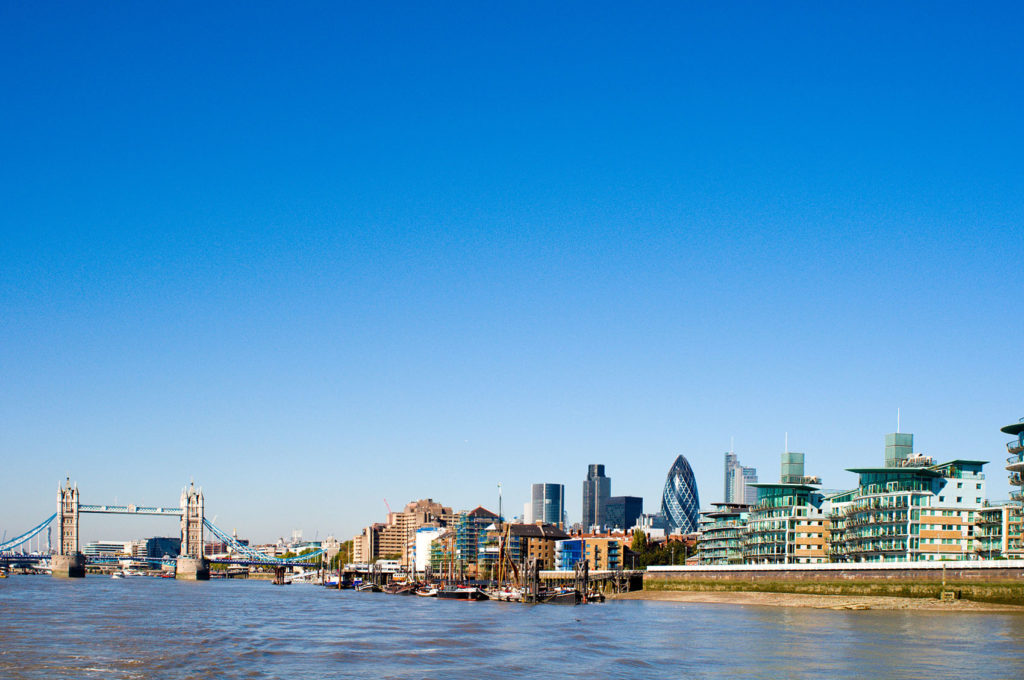Key points:
- Job postings on Indeed Ireland are 23.8% below the pre-pandemic baseline.
- Hiring recovery continues in the face of strong headwinds.
- Remote work searches and job postings have seen a second big uplift in winter.
The Irish labour market outlook remains highly challenging amid the ongoing pandemic. The Covid-19 adjusted unemployment rate jumped to 25% in January as the country went back into full lockdown. But hiring has shown resilience in the face of these headwinds.
Job postings on Indeed Ireland — a real-time measure of labour market activity — were 23.8% below their February 1, 2020, pre-pandemic baseline, seasonally adjusted, as of February 5, 2021. That was a gain from a week earlier, when postings were 25.5% below the baseline. It was in fact the fourth consecutive weekly improvement after a slight dip in early January.
Note that our job posting tracker methodology changed at the start of 2021 — see note at end of post.
Most sectors remain down on pre-crisis levels
Sectoral impacts from COVID-19 have been very uneven. Only in healthcare and production occupations have job postings exceeded their pre-pandemic baselines. Sectors impacted most by social distancing remain far below those levels.
Recovery in social spending could help keep unemployment in check
While the year ahead may pose some new challenges as the longer term impacts of the pandemic come to light, there is reason to be cautiously optimistic. If a widespread vaccine rollout successfully controls infection levels and new strains can be managed, face-to-face service sectors like hospitality and food service could make a comeback later in the year. This would be of substantial benefit in helping to limit the rise in unemployment as these sectors are labour-intensive. It would also benefit younger workers who have borne the brunt of the crisis, with the youth unemployment rate standing at 56% on the Covid-adjusted measure.
As the fog hopefully begins to clear over the coming months we should start to see employers across the board become more confident about their forecasts, which will allow them to reinstate paused hiring or expansion plans.
Could Ireland stand to benefit from European jobseeker interest post-Brexit?
With the UK’s migration policy pivoting post-Brexit, it’s possible Ireland may see more interest from some continental Europeans who may have previously looked to the UK. Looking at jobseeker interest patterns since the start of 2021, there are tentatitive signs of increased EU interest in lower-paying sectors in Ireland. These are roles that would typically be harder to secure UK skilled worker visas for post-Brexit.
Media & communications (which includes social media content moderators, digital designers and speakers), beauty & wellness and arts & entertainment have seen the biggest increases in click shares from EU jobseekers since the start of the year, compared with 2020 averages.
Media and communications – 2.3% increase in click share
Beauty and Wellness – 2.0% increase in click share
Arts & Entertainment – 1.8% increase in click share
Social Science – 1.7% increase in click share
Sports – 1.6% increase in click share
Sales – 1.6% increase in click share
Childcare – 1.4% increase in click share
Food Preparation and Service- 1.3% increase in click share
Veterinary – 1.2% increase in click share
Pharmacy – 1.1% increase in click share
Customer Service – 1.0% increase in click share
Hospitality & Tourism – 0.9% increase in click share
Therapy – 0.8% increase in click share
Personal Care & Home Health – 0.7% increase in click share
Education & Instruction – 0.7% increase in click share
Retail – 0.6% increase in click share
Nursing – 0.5% increase in click share
On the labour demand side, the fact that Brexit is now settled and a no-deal has been avoided removes one source of uncertainty for business. But frictions in cross-border trade have quickly become apparent. Adjustments to the new arrangements are likely to cause continuing disruption to supply chains – as well as higher costs – over the coming months. This could have knock-on effects for hiring in sectors exposed to goods trade.
Remote work on the rise
In keeping with trends we’ve seen in other countries, there has been a big shift towards remote work during the pandemic. The proportion of searches containing terms related to remote work has more than quadrupled over the last year, from 0.4% to 1.7%. Most of the uplift has come in periods of tight lockdown, with a big jump in spring 2020 and a further increase over the winter.
As well as greater interest from jobseekers, more employers are offering remote work. The share of job postings mentioning remote work has increased from 3.6% to 13.4% over the past year. This was partly driven by Indeed making it easier for employers to tag remote jobs on the site in early April 2020.
Some occupations have seen large jumps in the share of remote job postings, led by arts & entertainment, media & communications and marketing. A key thing to watch is the extent to which these trends persist longer-term. With the pandemic having accelerated the shift towards flexible working models, it seems likely that significantly more widespread availability of remote work is here to stay.
Other labour market trends to watch
Clearly, the outlook for the economy this year is dependent on the course of the pandemic. The impact of vaccines and other public health measures, along with the duration and stringency of restrictions remain key uncertainties. Hiring in consumer facing sectors in particular won’t recover until the virus is tamed.
Though it’s encouraging that the hiring recovery remains on course in the face of these headwinds, we need to see further improvements. A strengthening in the pace of job creation will be essential for those who have lost work in the pandemic, as well as new entrants to the labour market such as school leavers and graduates.
We’ll be publishing regular updates over the course of the year to monitor the situation.
Methodology
All figures in this blogpost are the percentage change in seasonally-adjusted job postings since February 1, 2020, using a 7-day trailing average. February 1, 2020, is our pre-pandemic baseline. We seasonally adjust each series based on historical patterns in 2017, 2018, and 2019. Each series, including the national trend, occupational sectors, and sub-national geographies, is seasonally adjusted separately.
We switched to this new methodology in January 2021 and now report all historical data using this new methodology. Historical numbers have been revised and may differ significantly from originally reported values. The new methodology applies a detrended seasonal adjustment factor to the percentage change in job postings. In contrast, our previous methodology used the 2019 change between February 1 and the reported date as the adjustment factor, which implicitly included both a seasonality component and the underlying trend.
For nearly all series, job postings trended upward in 2019. The new methodology no longer subtracts out the underlying 2019 trend, so most historical figures are higher (i.e. less negative relative to the February 1, 2020 baseline) with the new methodology than originally reported.
Information is based on publicly available information on the Indeed Ireland website (and other countries named in this post), limited to Ireland (and those countries), is not a projection of future events, and includes both paid and unpaid job solicitations.






